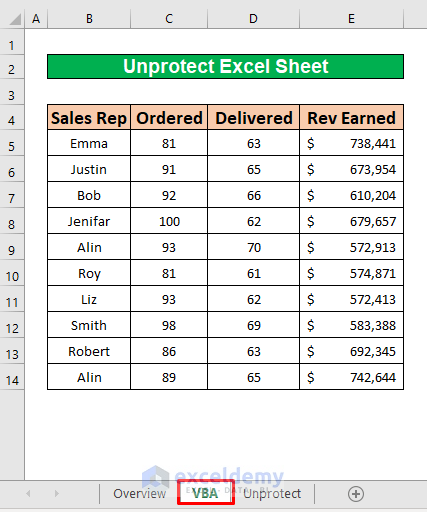5 Ways to Sync Excel Sheets for Efficient Data Sharing

Microsoft Excel is a powerful tool widely used for data management, analysis, and sharing. However, when collaboration is involved, keeping spreadsheets in sync can become a complex task. In this blog post, we will delve into five effective methods to sync Excel sheets, ensuring efficient data sharing among team members or across departments.
1. Using Microsoft OneDrive

One of the simplest ways to sync Excel files is by leveraging Microsoft OneDrive:
- Setup: Upload your Excel file to OneDrive, share the file with your team, and ensure real-time co-authoring is enabled.
- Benefits: Real-time collaboration, version history, and accessibility from any device with internet access.
- Drawback: Requires a Microsoft account and stable internet connection.
To get started with OneDrive:
- Navigate to OneDrive online.
- Upload or create your Excel file.
- Click on "Share" and set permissions for collaborators.
⚠️ Note: Ensure that "Always keep on this device" is selected for offline access, which can be particularly useful in scenarios with unreliable internet connections.
2. Excel Online

Excel Online, or Excel Web App, offers online collaboration without the need for additional software:
- Setup: Open your Excel file on Office.com, then invite team members through the "Share" button.
- Benefits: Online real-time collaboration, version control, and no need for local installations.
- Drawback: Limited functionality compared to desktop versions; requires an internet connection.
✍️ Note: Excel Online supports up to 15 people editing at the same time, making it a viable option for small to medium-sized teams.
3. SharePoint

SharePoint, as part of Microsoft 365, allows for powerful document management and collaboration:
- Setup: Upload or create your Excel document in a SharePoint library, set up permissions, and configure alerts for changes.
- Benefits: Document version control, access control, workflow integration, and integration with Power BI for data analytics.
- Drawback: Complex setup, might require training for end-users, and often needs IT support for enterprise environments.
👀 Note: SharePoint allows you to store different versions of files, which can be useful for tracking changes over time.
4. Third-Party Add-Ins

Numerous add-ins have been developed to enhance Excel's synchronization capabilities:
- Examples: Syncfusion Essential Excel, SyncSheet, SyncOnce.
- Benefits: Can offer advanced features like real-time sync, conflict resolution, and custom integrations.
- Drawback: Can be costly, require setup, and might not work with every Excel version or OS.
Before choosing an add-in:
- Assess compatibility with your version of Excel.
- Consider the cost versus features offered.
- Review user feedback and support options.
💡 Note: Evaluate add-ins by checking if they support your specific Excel version and operating system to avoid compatibility issues.
5. Cloud-Based Spreadsheet Tools

For those looking for more than just Excel, cloud-based tools like Google Sheets can be a fantastic alternative:
- Setup: Convert Excel to Google Sheets or start with Google Sheets directly.
- Benefits: Real-time edits, easy sharing, integration with other Google services, and automated backups.
- Drawback: Limited to Google ecosystem, might not support all Excel features.
🤝 Note: Google Sheets can be used collaboratively by anyone with a Google account, making it extremely accessible for external collaborators.
As we wrap up this exploration into different methods to sync Excel sheets, it’s clear that each method has its own advantages and trade-offs. The choice depends on your team’s needs for collaboration, data security, and the tools already in use within your organization. Microsoft OneDrive offers seamless integration with Microsoft Office products, while SharePoint provides more advanced control over documents. Third-party add-ins cater to specific needs but might require extra setup. For those willing to explore beyond Excel, cloud-based tools like Google Sheets can be incredibly efficient for real-time collaboration.
Choosing the right method can significantly enhance productivity, reduce manual work, and help maintain data integrity across teams. Evaluate the environment, consider data security, user familiarity, and the level of integration required with other systems before making a decision.
What is the best method for syncing Excel sheets?

+
The best method depends on your specific needs. For real-time collaboration and simplicity, consider Microsoft OneDrive or Google Sheets. For advanced document control, SharePoint might be better.
Do I need an internet connection to sync Excel sheets?

+
Most syncing methods require an internet connection, though some like OneDrive offer offline access if set up correctly.
Can I sync Excel sheets without Microsoft Office 365?

+
Yes, you can use third-party tools or cloud-based alternatives like Google Sheets, which do not require Microsoft Office 365.



